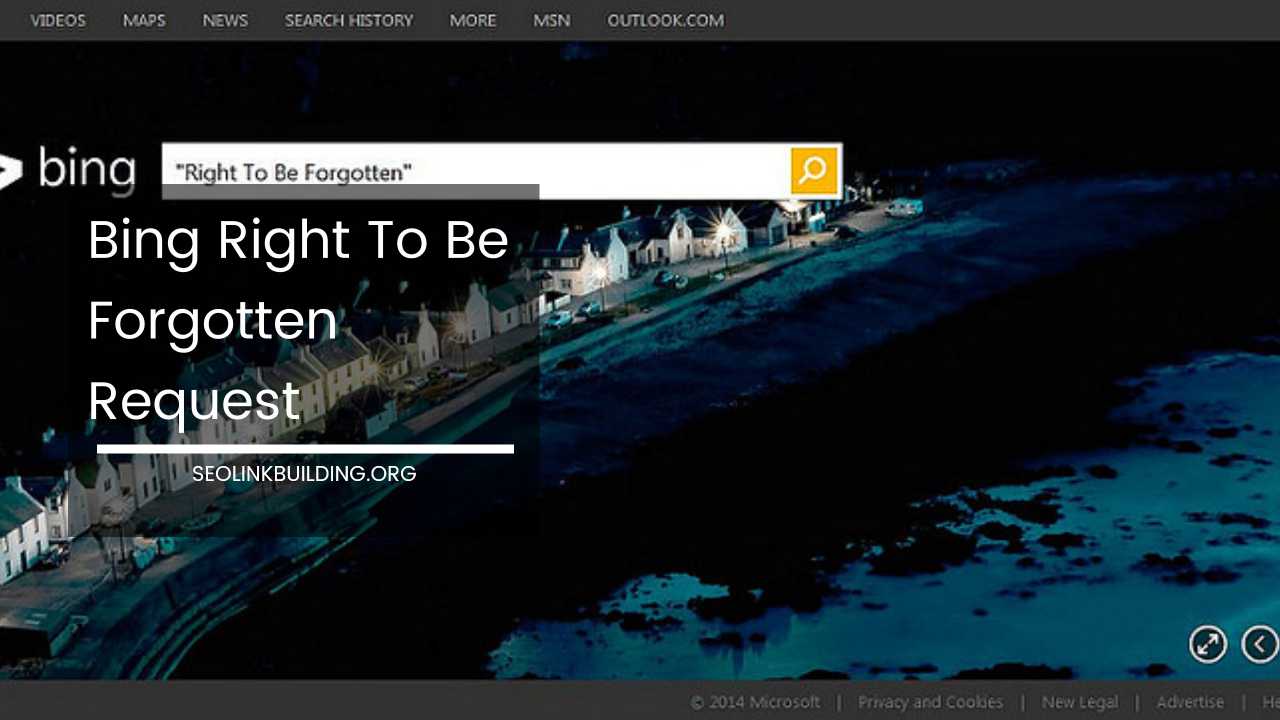Business Documents 101: Create, Manage, and Succeed

Business Documents
The Cornerstone of Every Business: A Comprehensive Guide to Understanding and Using Business Documents Effectively
In the dynamic world of business, clear communication and meticulous record-keeping are the cornerstones of success. This is where business documents come in – the often-overlooked heroes that serve a multitude of purposes.
From formal contracts that safeguard legal interests to internal memos that streamline operations, business documents play a critical role in ensuring smooth functioning, protecting your company, and providing a historical record of your journey.
This comprehensive guide dives deep into the world of business documents, exploring their various types, functionalities, best practices for creation and management, and the impact of technology on streamlining these processes.
Whether you’re a seasoned entrepreneur navigating complex legal agreements or a budding startup owner crafting your first business plan, this resource empowers you to leverage these essential tools effectively.
Unveiling the Diverse Landscape of Business Documents: Function Dictates Form
The sheer variety of business documents might surprise you. They encompass a vast spectrum, from high-level strategic plans that chart your company’s course to internal reports that analyze marketing campaign performance. Here’s a breakdown of some of the most common categories, along with their key functions:
-
Foundational Documents: These documents establish the legal framework upon which your business is built. They serve as the bedrock of your organization and include:
- Business Plans: This roadmap outlines your company’s vision, mission, goals, strategies, and financial projections. It’s a crucial tool for securing funding and attracting investors.
- Articles of Incorporation: This legal document formally establishes your business as a separate legal entity from its owners.
- Bylaws: These internal rules govern the company’s operations, outlining shareholder rights and responsibilities, board of director duties, and meeting procedures.
- Operating Agreements (for LLCs): This document details the ownership structure, profit-sharing arrangements, and management responsibilities within a Limited Liability Company (LLC).
- Licenses and Permits: Depending on your industry and location, you may require specific licenses and permits to operate legally.
-
Financial Documents: Keeping a watchful eye on your financial health is paramount. This category encompasses documents that track your financial activities and performance, including:
- Invoices and Receipts: These documents record the details of financial transactions – invoices for services rendered to clients and receipts for expenses incurred.
- Budgets: A budget is a financial blueprint that outlines your projected income and expenses for a specific period. It helps you allocate resources effectively and track your progress towards financial goals.
- Financial Statements: These reports provide a comprehensive overview of your company’s financial health at a specific point in time. Key financial statements include the income statement (reflecting revenues and expenses), balance sheet (showing assets, liabilities, and equity), and cash flow statement (detailing cash inflows and outflows).
- Tax Returns: Filing accurate tax returns ensures compliance with government regulations.
-
Operational Documents: These documents outline the day-to-day procedures that keep your business running like a well-oiled machine. They ensure consistency, minimize errors, and provide a clear reference point for employees. Examples include:
- Standard Operating Procedures (SOPs): SOPs detail the step-by-step processes for performing specific tasks within your organization. They promote consistency, improve efficiency, and facilitate knowledge transfer to new employees.
- Employee Handbooks: These comprehensive documents outline company policies, procedures, expectations, and benefits for employees. They serve as a reference guide and promote a positive work environment.
- Project Management Plans: These plans break down projects into manageable tasks, define timelines, assign resources, and establish communication protocols. They ensure projects stay on track and achieve their objectives.
- Marketing Materials: Brochures, presentations, website content, and social media posts fall under this category. They are essential tools for communicating your brand message, promoting products and services, and attracting customers.
-
Communication Documents: Effective communication is the lifeblood of any organization. This category includes documents that facilitate the exchange of information both internally and externally, such as:
- Business Letters and Emails: These are formal methods of communication used for conveying information, proposals, or requests to clients, partners, or stakeholders.
- Proposals: Well-crafted proposals outline solutions to client problems, showcase your company’s expertise, and persuade potential clients to choose you.
- Reports: Reports analyze data, present findings, and offer recommendations for action. They can be used for internal purposes (e.g., sales reports) or for external stakeholders (e.g., annual reports).
- Meeting Minutes: These concise summaries document key decisions, action items, and next steps discussed during meetings, serving as a single source of truth and ensuring everyone is on the same page while providing a record for future reference.
-
Legal Documents: These documents safeguard your company’s legal interests and establish clear expectations in contractual relationships. They include:
- Contracts: Formal agreements outlining the rights and obligations of parties involved in a business transaction. Examples include contracts with vendors, suppliers, employees, or customers.
- Non-Disclosure Agreements (NDAs): These agreements protect confidential information shared between parties during negotiations or collaborations.
- Intellectual Property (IP) Documentation: Patents, trademarks, and copyrights protect your company’s original creations (inventions, logos, or creative content) from unauthorized use.
-
Human Resource Documents: Managing your workforce effectively requires proper documentation to ensure compliance with labor laws and maintain a positive work environment. This category includes:
- Employment Contracts: These legally binding agreements outline the terms and conditions of employment, including job duties, compensation, benefits, and termination clauses.
- Offer Letters: Formal documents outlining the details of a job offer, including salary, benefits, and start date.
- Performance Reviews: Regular performance reviews provide feedback to employees on their work performance and set goals for future development.
- Termination Notices: These documents formally notify an employee of their termination and outline the severance package, if applicable.
Beyond the Basics: Specialized Documents for Specific Needs
The business document landscape extends beyond these core categories. Depending on your industry or niche, you might encounter specialized documents specific to your field. Here are a few examples:
- Medical practices might utilize patient consent forms and medical history records.
- Construction companies may require project blueprints, safety protocols, and materials lists.
- Non-profit organizations often use grant proposals and fundraising materials.
Understanding the specific document requirements within your industry ensures you have the necessary tools to operate effectively and comply with relevant regulations.
The Power of Purpose: Why Business Documents Matter More Than You Think
Business documents are more than just pieces of paper or digital files. They serve a multitude of purposes, making them an invaluable asset for any organization. Here are some key reasons why they matter:
- Enhanced Communication: Clearly written documents ensure clear and concise communication within the company and with external stakeholders. They eliminate confusion, promote transparency, and facilitate collaboration.
- Streamlined Operations: Standardized procedures and well-documented processes ensure consistency in daily operations, minimize errors, and improve efficiency.
- Informed Decision-Making: Data-driven reports and insightful analyses provide valuable information to support informed decision-making across all levels of the organization.
- Legal Protection: Formal contracts and agreements safeguard your company’s interests by outlining rights, obligations, and consequences in case of disputes. They serve as a legal record and provide evidence in court if necessary.
- Improved Accountability: Documented processes and clear communication channels establish accountability within the organization. This fosters a culture of ownership and responsibility.
- Historical Record: Business documents create a historical record of your company’s journey. They capture key milestones, decisions, and achievements, serving as a valuable resource for future reference and strategic planning.
By leveraging the power of business documents effectively, you can cultivate a well-organized, efficient, and legally compliant organization poised for success.
Crafting Compelling Documents: The Art and Science of Effective Business Writing
Now that you understand the importance and diverse nature of business documents, let’s delve into the art and science of crafting compelling ones. Here are some essential tips to elevate your business writing and ensure your documents achieve their intended purpose:
- Clarity and Concision: Strive for clear, concise, and professional language. Avoid jargon and technical terms that your audience might not understand. Aim for a writing style that is easy to read and comprehend.
- Audience Awareness: Consider your audience when writing. Tailor the tone, level of detail, and complexity of the document to their needs and understanding. For instance, a technical report for engineers will differ from a marketing brochure targeted towards potential customers.
- Structure and Organization: Employ a well-organized format with clear headings, subheadings, bullet points, and numbering. This enhances readability and allows your audience to easily navigate the document and find specific information.
- Logical Flow of Ideas: Structure your document with a logical flow of ideas. Start with a clear introduction that outlines the purpose of the document, followed by the main body that elaborates on the details, and conclude with a strong summary or call to action.
- Accuracy and Proofreading: Ensure the information you present is accurate, up-to-date, and consistent throughout the document. Proofread meticulously to eliminate errors in grammar, spelling, and punctuation. A well-proofread document reflects professionalism and attention to detail.
Beyond the Basics: Advanced Techniques for Enhanced Communication
- Active Voice vs. Passive Voice: Predominantly use the active voice for clear and concise communication. The active voice emphasizes the subject performing the action, making sentences stronger and easier to understand.
- Formal vs. Informal Tone: Maintain a formal tone in most business documents. However, depending on your audience and purpose, a slightly informal tone might be appropriate in internal memos or creative marketing materials.
- Visual Appeal: Incorporate visuals strategically, such as charts, graphs, or images, to break up text-heavy content and enhance understanding.
By following these best practices and refining your writing skills, you can create compelling business documents that effectively communicate your message, leaving a lasting impression on your audience.
Tools and Technologies: Optimizing Document Management in the Digital Age
Gone are the days of relying solely on paper-based filing systems. Today, a plethora of tools and technologies can streamline document management and make your life easier. Here are some options to consider for optimizing your document ecosystem:
- Cloud Storage Platforms: Secure cloud storage solutions like Google Drive, Dropbox, or Microsoft OneDrive allow you to store and access documents from anywhere, anytime, and on any device. This facilitates collaboration and ensures everyone has access to the latest versions.
- Document Management Systems (DMS): These specialized software solutions offer advanced features beyond simple storage. Features like document version control, permission control, robust search capabilities, and optical character recognition (OCR) for scanned documents empower efficient document management.
- Project Management Tools: Many project management tools like Asana, Trello, or Monday.com integrate document sharing and collaboration features. This allows teams to work together on projects seamlessly, store relevant documents within the project workspace, and track progress effectively.
- E-signature Solutions: Tools like DocuSign or Adobe Sign streamline the electronic signature process for contracts and agreements. This eliminates the need for printing, scanning, and physical mailing, saving time and resources.
Implementing these technological solutions can significantly improve document organization, accessibility, collaboration, and security within your organization.
Final Word: Business Documents – The Unsung Heroes of Business Success
By understanding the various types of business documents, their functionalities, and best practices for creating and managing them, you can leverage them as powerful tools to propel your business forward. Remember, well-crafted and organized documents not only ensure smooth operations but also project professionalism and build trust with stakeholders. Invest time and effort in your business documents, and watch them become the unsung heroes of your success story.
Bonus Tip: Regularly review and update your business documents to reflect any changes in your company’s policies, procedures, or legal landscape. Schedule periodic document audits to ensure everything is in order and readily accessible. By fostering a culture of document management best practices, you can create a well-organized and efficient foundation for your thriving business.













